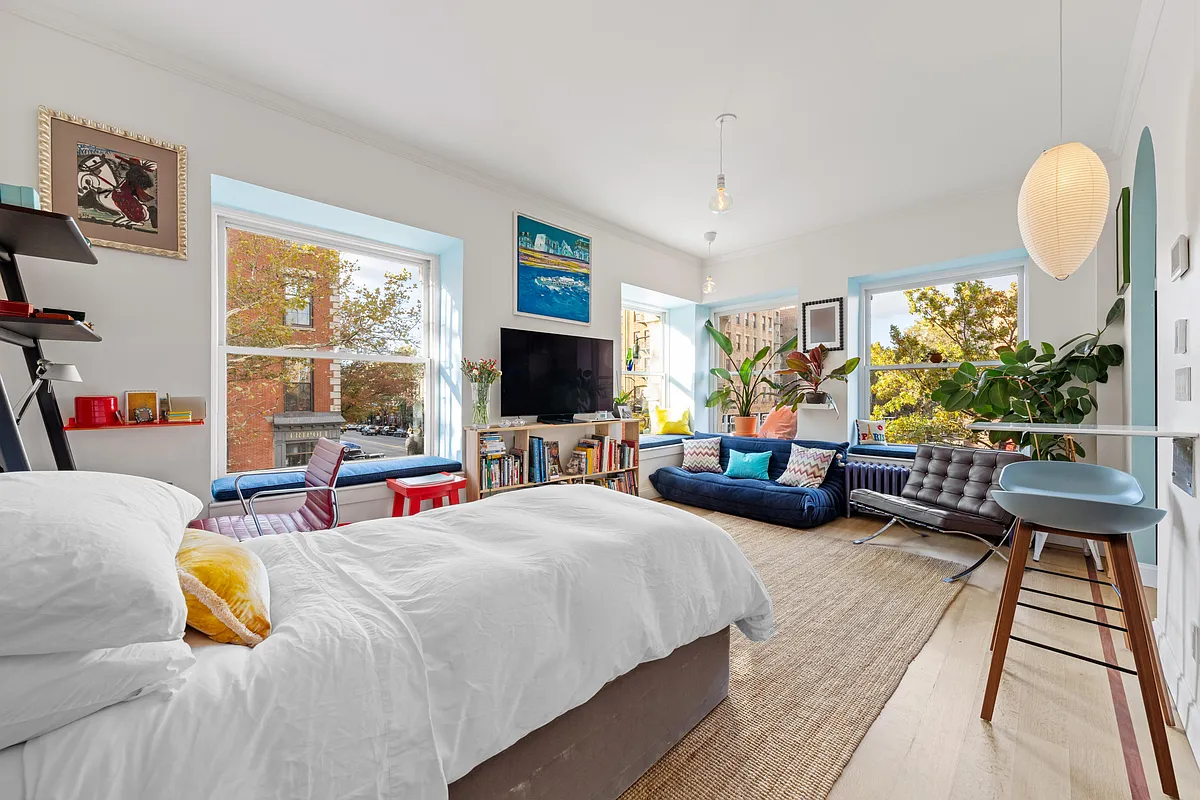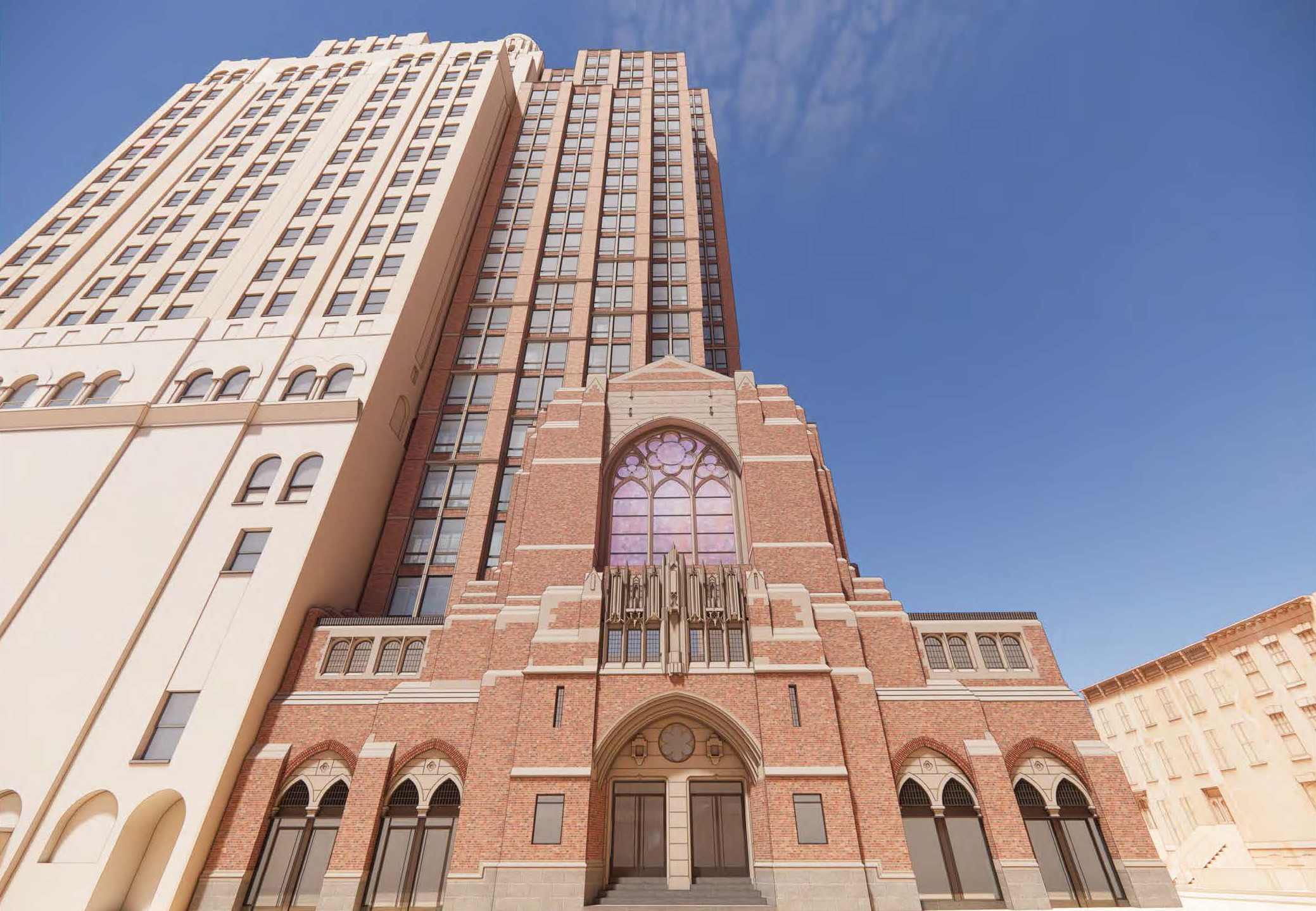Latest S&P Numbers: Surprise! They Ain't Good
The Journal reports that the most recent S&P/Case-Shiller indexes, which covered home-price trends in 20 major metropolitan areas through April, show home prices dropping 15.3 percent in the past year—a record decline. The continued devaluation of residential real estate across the country set home prices back to where they were a whole three years ago,…


The Journal reports that the most recent S&P/Case-Shiller indexes, which covered home-price trends in 20 major metropolitan areas through April, show home prices dropping 15.3 percent in the past year—a record decline. The continued devaluation of residential real estate across the country set home prices back to where they were a whole three years ago, even though eight of metropolitan areas included in the index showed a bit of improvement over March of this year. There was no region studied, however, that did not post a year-over-year decline in prices. Vegas and Miami saw the biggest price drops between April ’07 and April ’08, while Charlotte and Dallas fared the best. The New York region was somewhere in the middle, with a year-over-year decline of 8.4 percent and a 1.3 percent dip between March ’08 and April ’08. “There might be some regional pockets of improvement,” said David M. Blitzer, chairman of Standard & Poor’s index committee, though “on an annual basis the overall numbers continue to decline.”
Home-Price Gains Are Erased, Now Stand at 2004-2005 Levels [WSJ]
Graphic from the Wall Street Journal.





Does get busy.
“N7 and Bedford”
The 7th ring of hell…
It is, N7 and Bedford.
“My condo hasn’t got any wood in it”
Must be in Williamsburg, then.
Sorry…
My condo hasn’t got any wood in it. And no styrofoam either.
btw: twigs = wood.
yeah, cause they don’t use wood anymore for houses.
they are made of styrofoam and twigs.
The tree costs of building brownstones (wood as structural materials and as involved in obtaining other materials), or any other old house was very large and we are still feeling the effects. In addition, over the lifetime of the house, the brownstone will be releasing far more heat into the atmosphere and taking more energy to keep it going.
Its just like my old polluting jalopy. We have em cos we love em. Trying to justify them on a green basis is hogwash.
4.45. “Perhaps you should throw yourself off a bridge 4:41. ”
Well argued. Same S.I. school I’ll hazard?
The halo hovering around PS is in your head, 4:44.